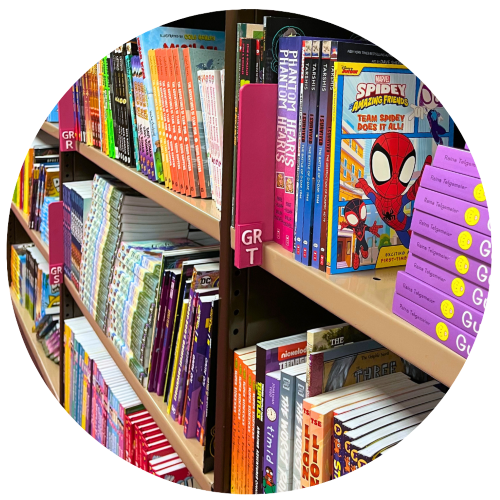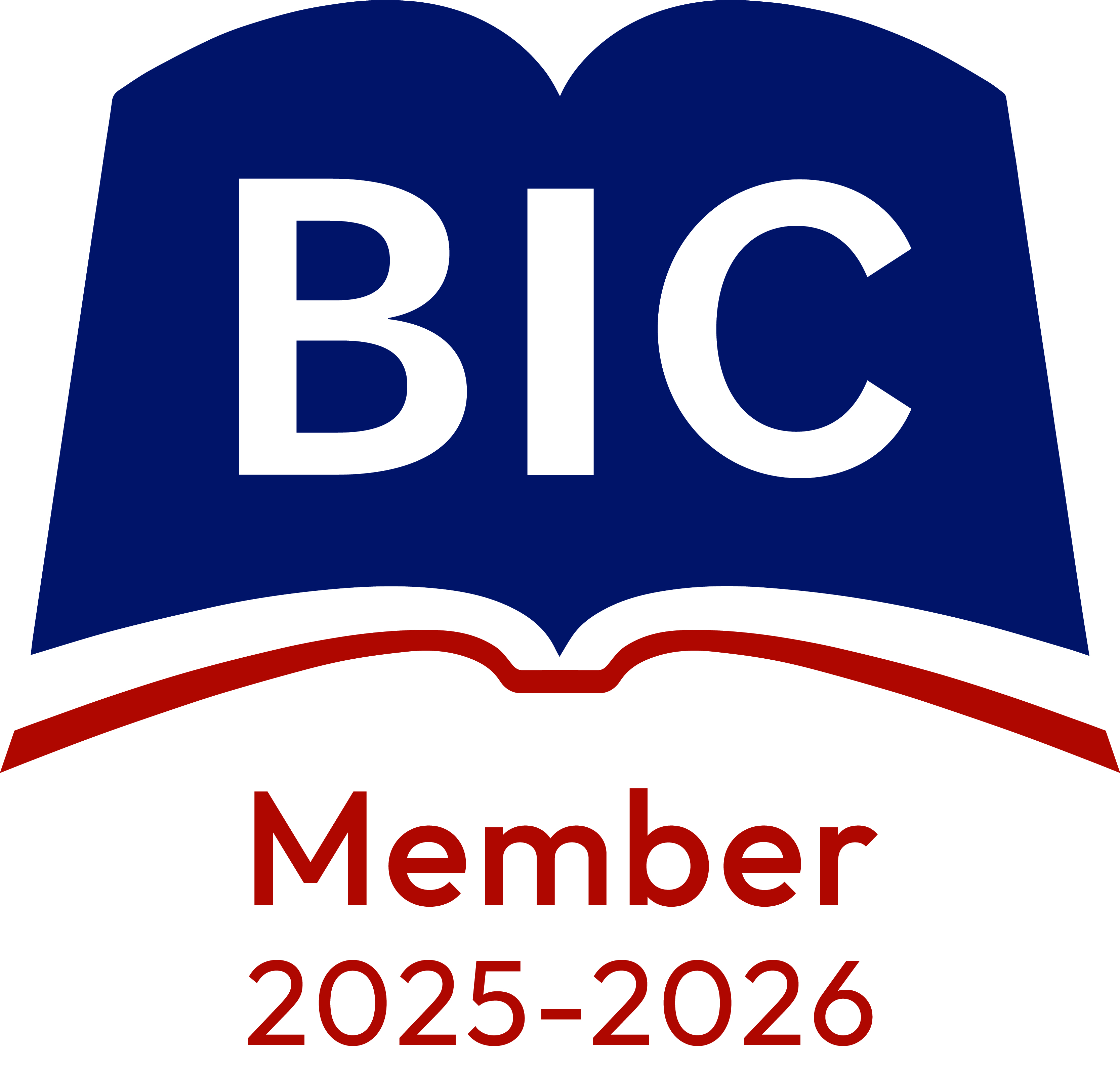Please note: We will continue to deliver your books and furniture until Thursday 18 December for schools, and Tuesday 23 December for public libraries. We will then close for the Christmas break, with deliveries resuming from Monday 5 January 2026. We wish all of our customers a very merry Christmas and a Happy New Year!
For help, advice and telephone ordering call our team on 0121 666 6646
Are you sure you wish to delete this basket?()
This action cannot be undone.
Sorry, something went wrong
Please report the problem here.
5 tips for creating a manga collection in your library

February 13th 2025
Manga's popularity, alongside the boom in graphic novels, has seen our librarians and book specialists receive more and more requests for support regarding collections for teens and adults. Manga is an unfamiliar format for some librarians and support staff, and it is understandable if you are uncertain as to where to start with your own collections.
Luckily, our children's librarian and graphic novel specialist Lucy is here to help. In this blog, Lucy imparts 5 librarian tips for starting or boosting a manga collection in your library.
How to build a manga collection in your library
As Peters’ graphic novels specialist, I often get asked about manga by librarians who have a crowd of keen readers champing at the bit, and no idea where to begin. It can be daunting to approach a type of book that is unfamiliar, and manga particularly can be tricky to get to grips with.
So I want to offer you some guidelines to get you started, either with creating a manga collection from scratch, or updating stock you already have.
Lucy's 5 tips for librarians
|
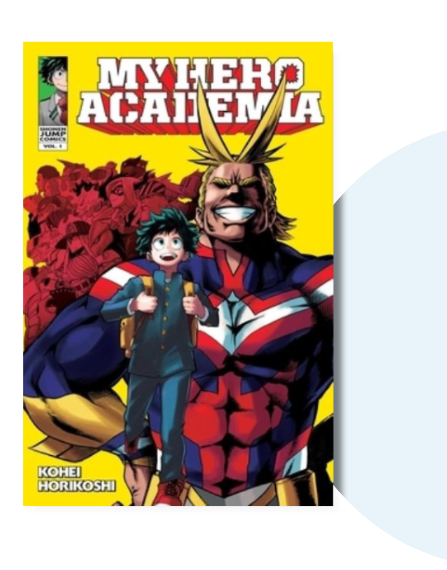 |
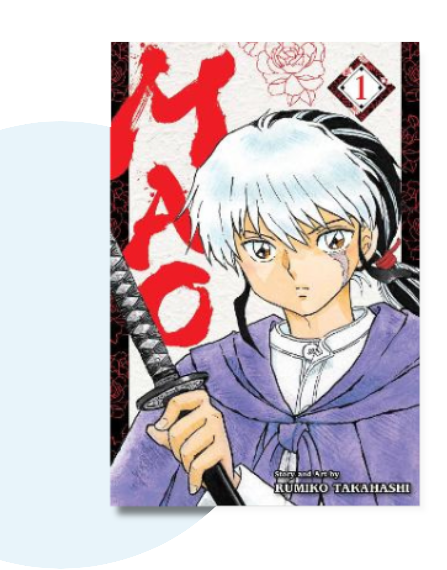 |
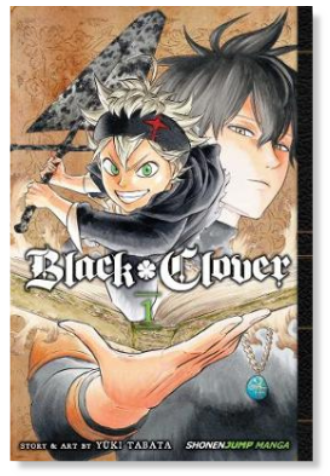 |
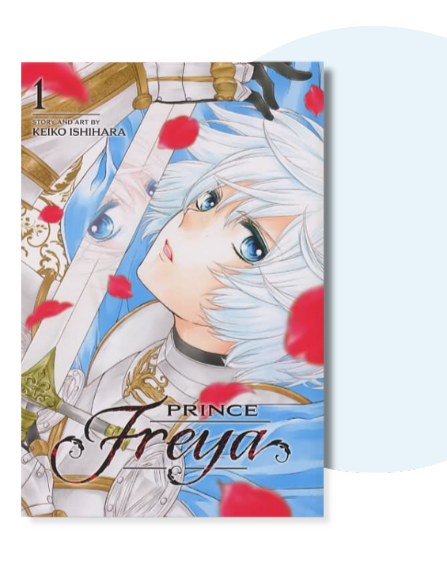 |
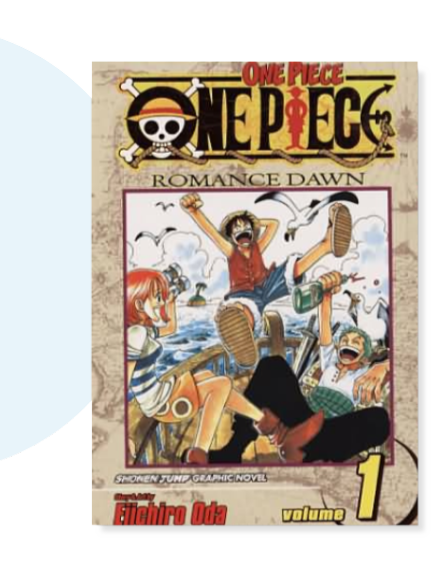 |
3. Age guidance is often included
The question I’m asked most often is about age guidance. I understand the concerns every librarian has, as we try to walk the often fine line between safeguarding and censorship, and it can make looking at unfamiliar types of books a daunting task. However, a lot of manga publishers will do their best to help.
Most of the publishers of manga in English will add an age range to their books, usually in the form of a symbol on the back cover. Viz Media, for example, uses age ranges of ‘A’ for all ages, ‘T’ for younger teenagers, ‘OT’ for older teenagers and ‘M’ for mature or adult. Other publishers split up their series in a similar pattern, and you can look at their websites for more information on the criteria they have for allocating age ranges.
This is a hugely helpful starting point, and you can also find further information on the contents on publisher websites.
For a more thorough overview, including more specific age guidelines, notes on contentious content such as strong language or violence, and an unbiased review, you can look up the book on the Peters website, where our librarian team will provide the fullest information possible.
4. Get creative with your manga displays
Getting manga noticed in your library is easy, as the covers are bold and eye-catching, and they typically stand out easily from other stock. It’s helpful to get creative with shelving to make them pop even more, and to help keep the different series together.
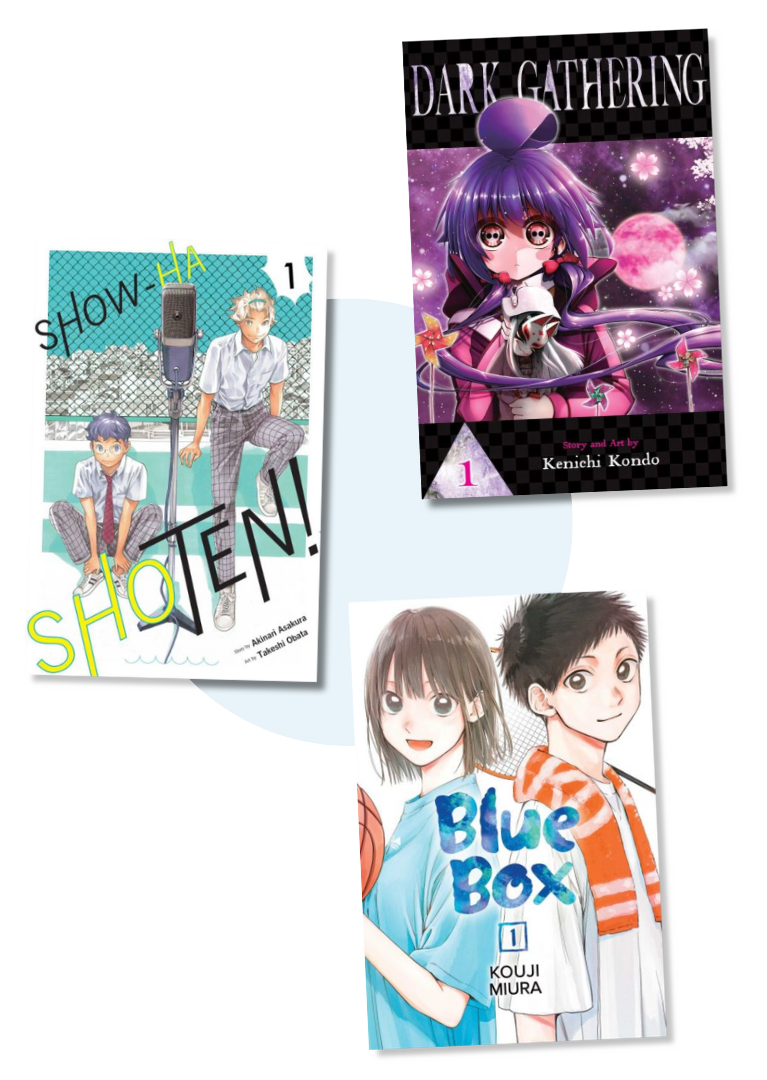
You could use a focus unit to highlight top Manga picks, or a paperback spinner for a more interactive browsing experience. Slot-in shelf dividers are also very handy, especially for larger collections.
As your manga collection gets bigger, keep in mind that, if you can’t stock all of a popular series (some can run to 50 or more volumes!) it’s worth looking into subscribing your library to an online manga resource, that allows access to chapters of the manga in ebook form. There are a variety of these to choose from, and they are usually connected to a particular publisher, so consider your options carefully.
5. Gather feedback from fans on how to grow your collection
Once you have a core audience of manga readers who visit the section regularly, consider asking for their input on what series to add to your collection. A lot of manga fans are very enthusiastic, and may be able to offer useful insight on how the collection is used, and how it could grow.
You can also look to manga and comic events in your local area, who could provide you with posters or even help you plan a trip for some of your library users.
Comics awards, such as the Excelsior Award, are a great way to find new and exciting series, and can provide useful lists and supportive information for reading groups as well.
Need further support with your library's manga collections?
I hope these tips help you feel more confident to explore manga and all it has to offer your readers. And if you would like some hands on help with starting or developing your collection, please contact us at Peters and we will be delighted to lend a hand.
|
Browse manga Use our advanced search tool to filter by age, genre, release date, and more |
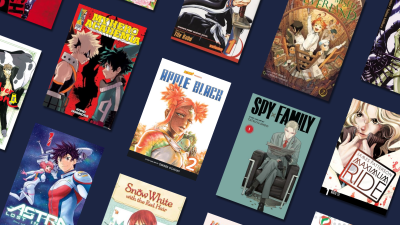 |

